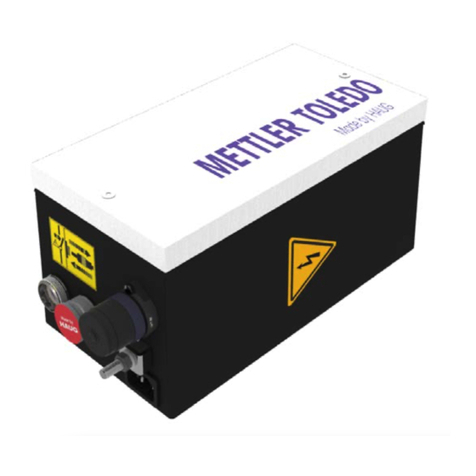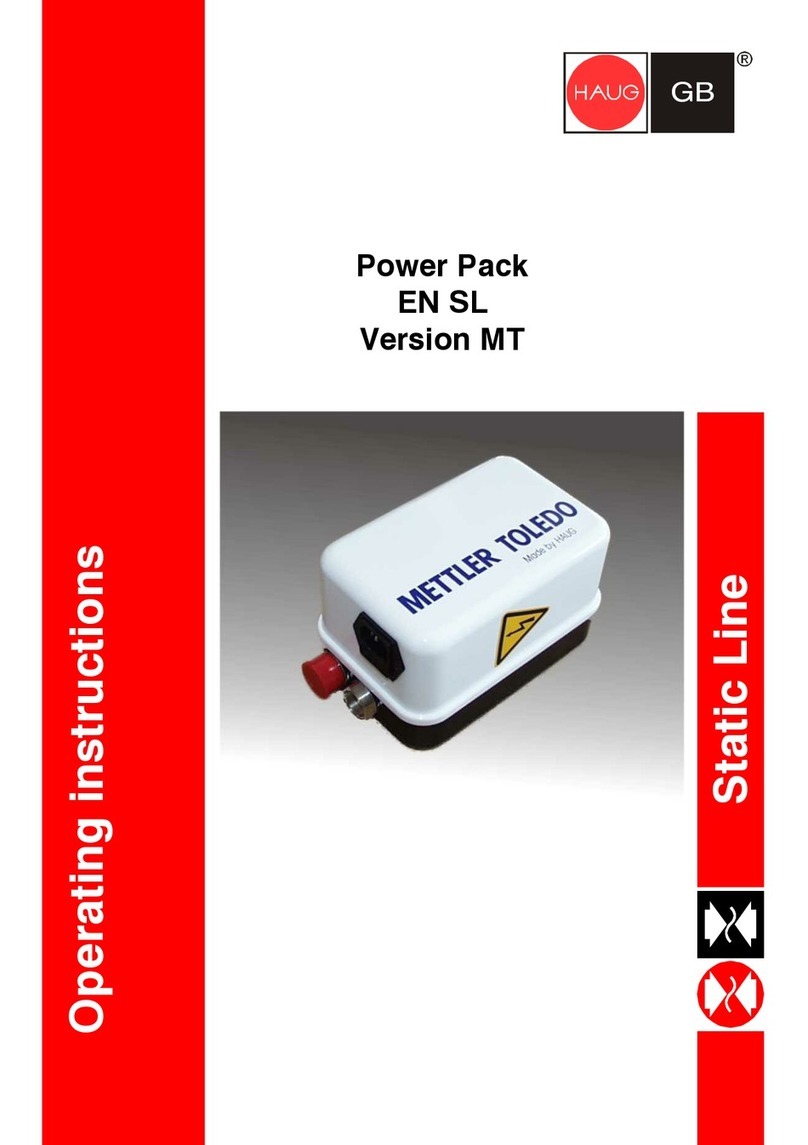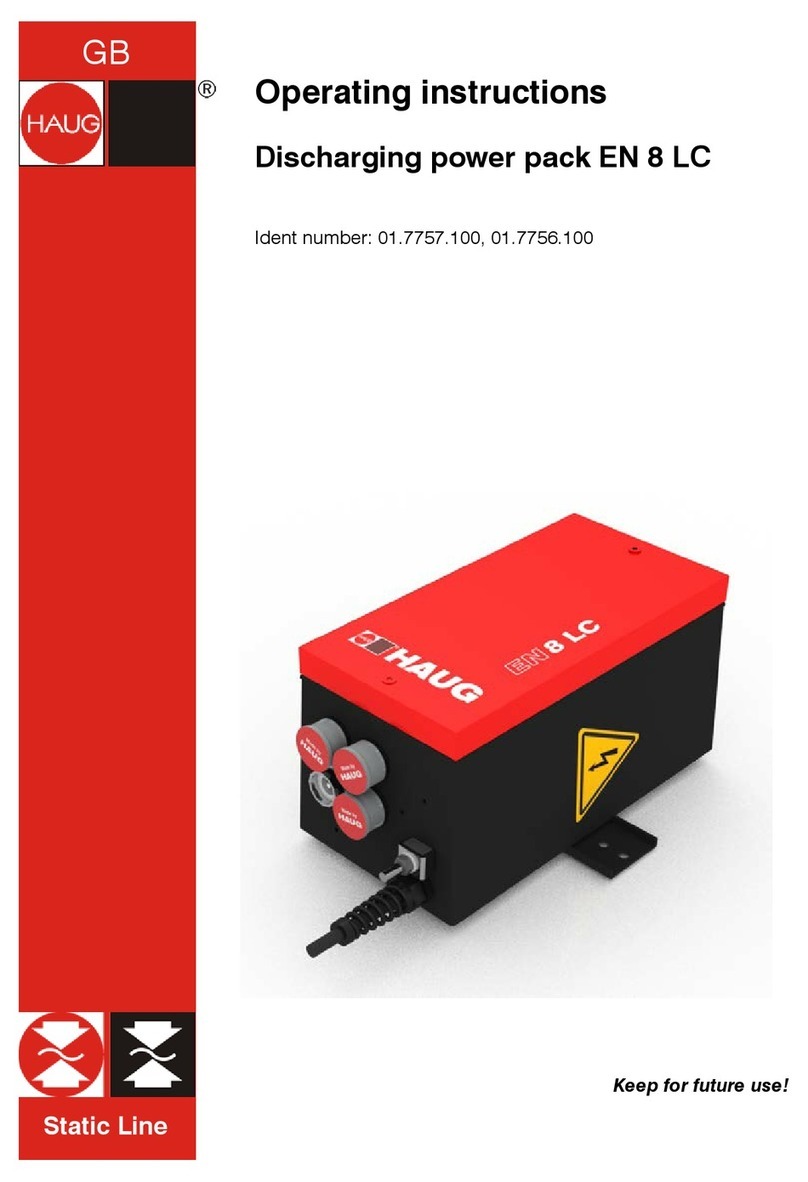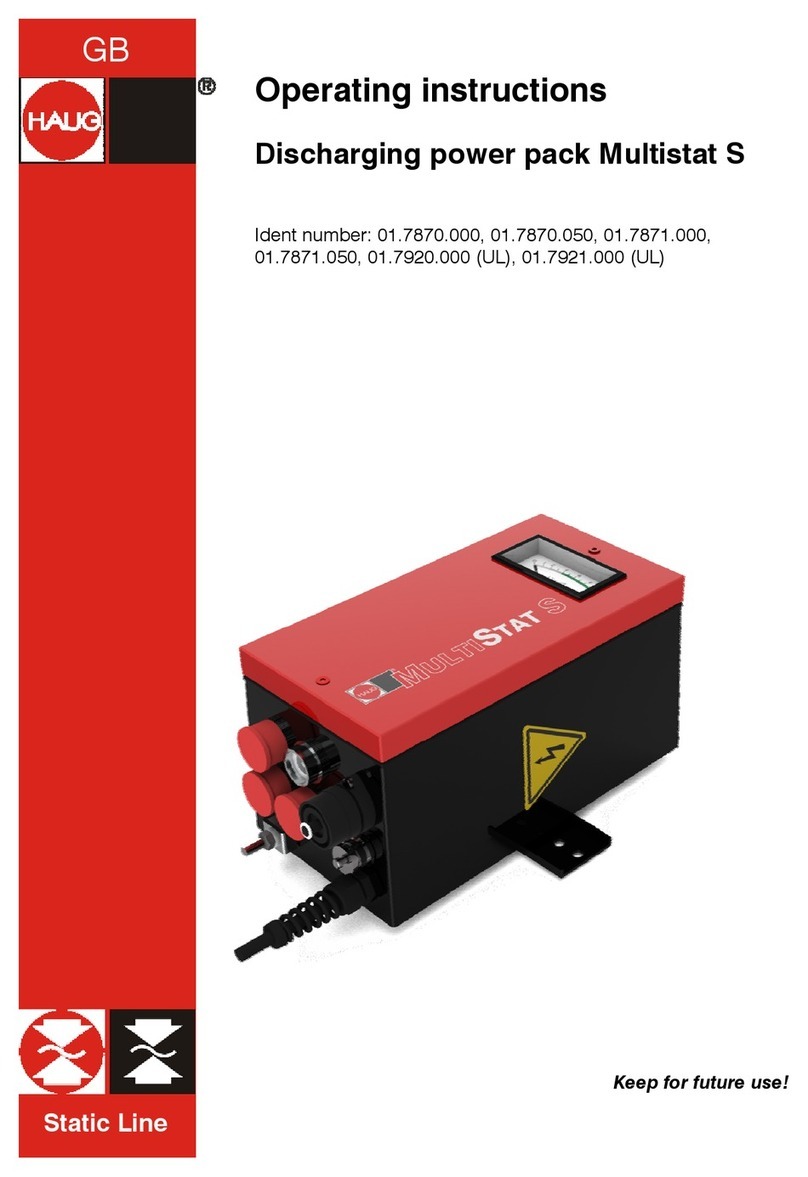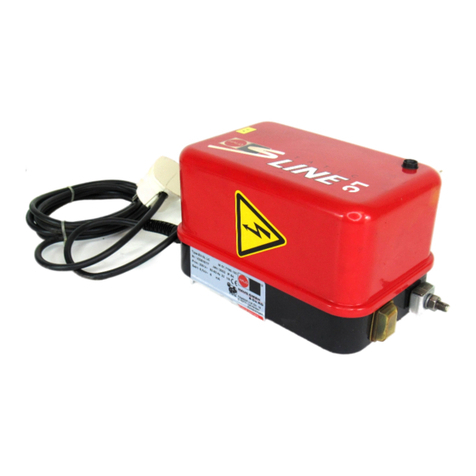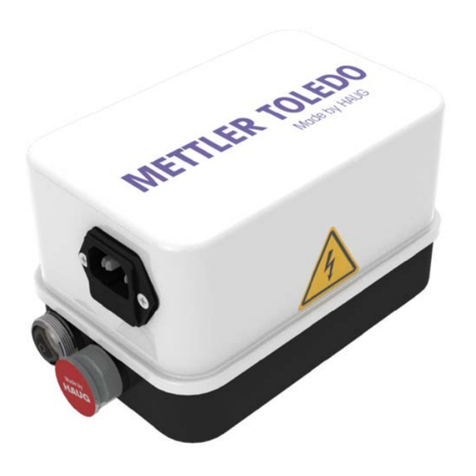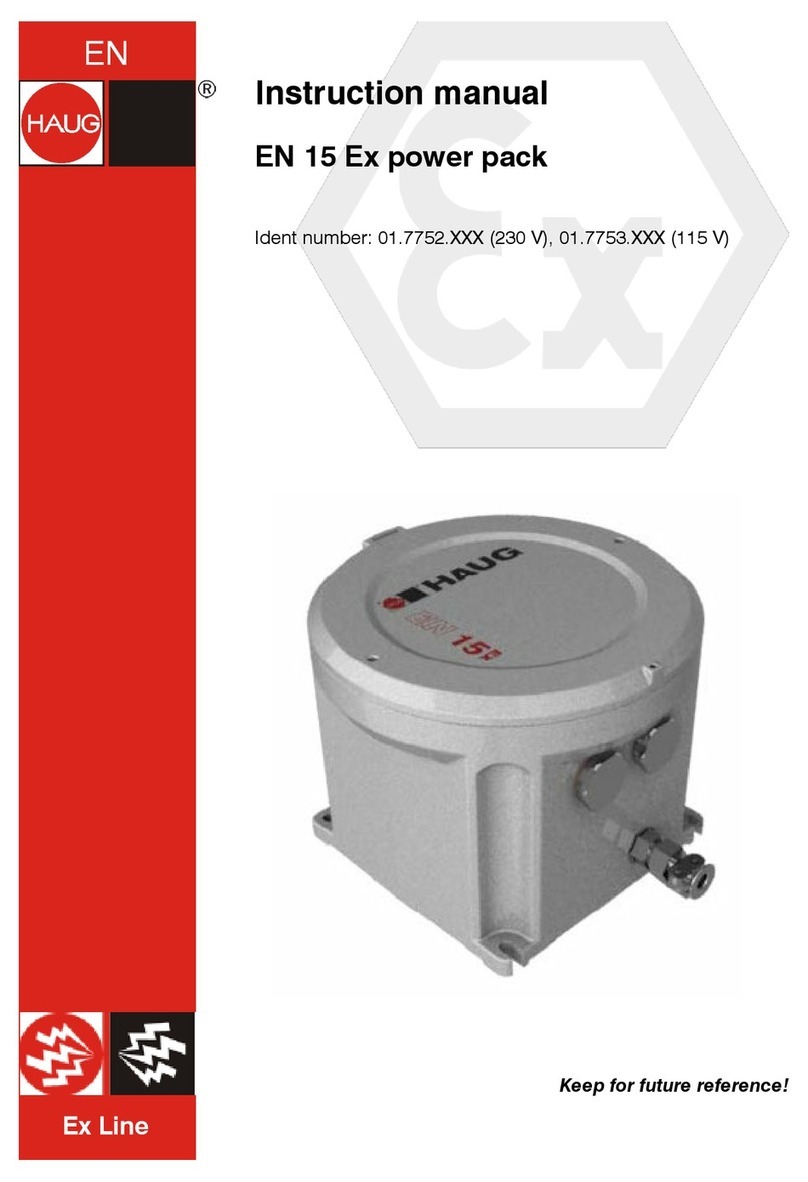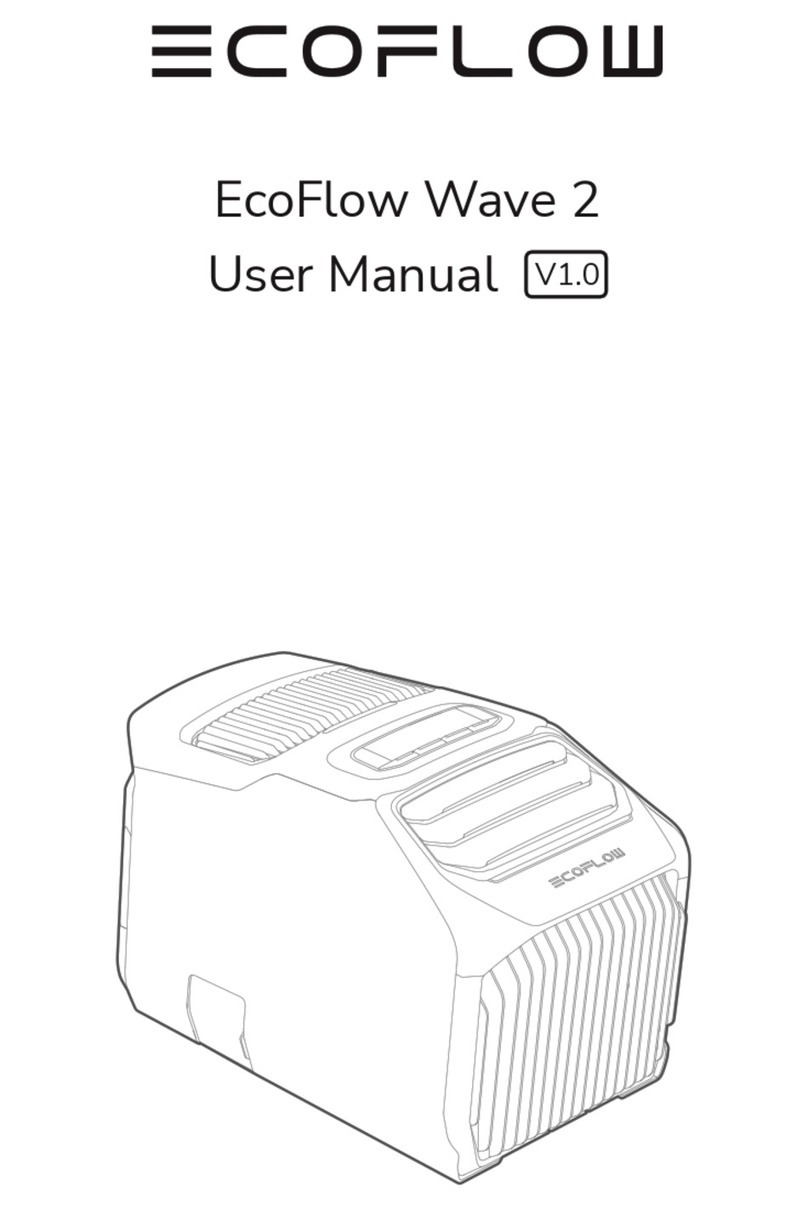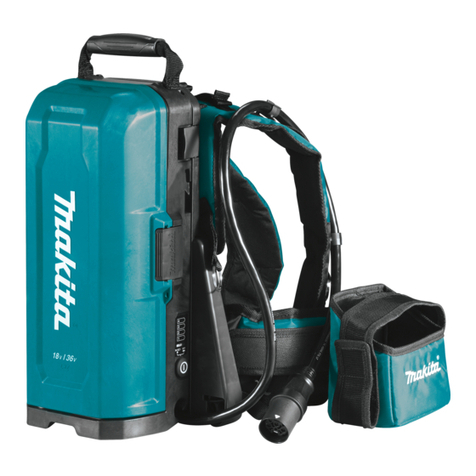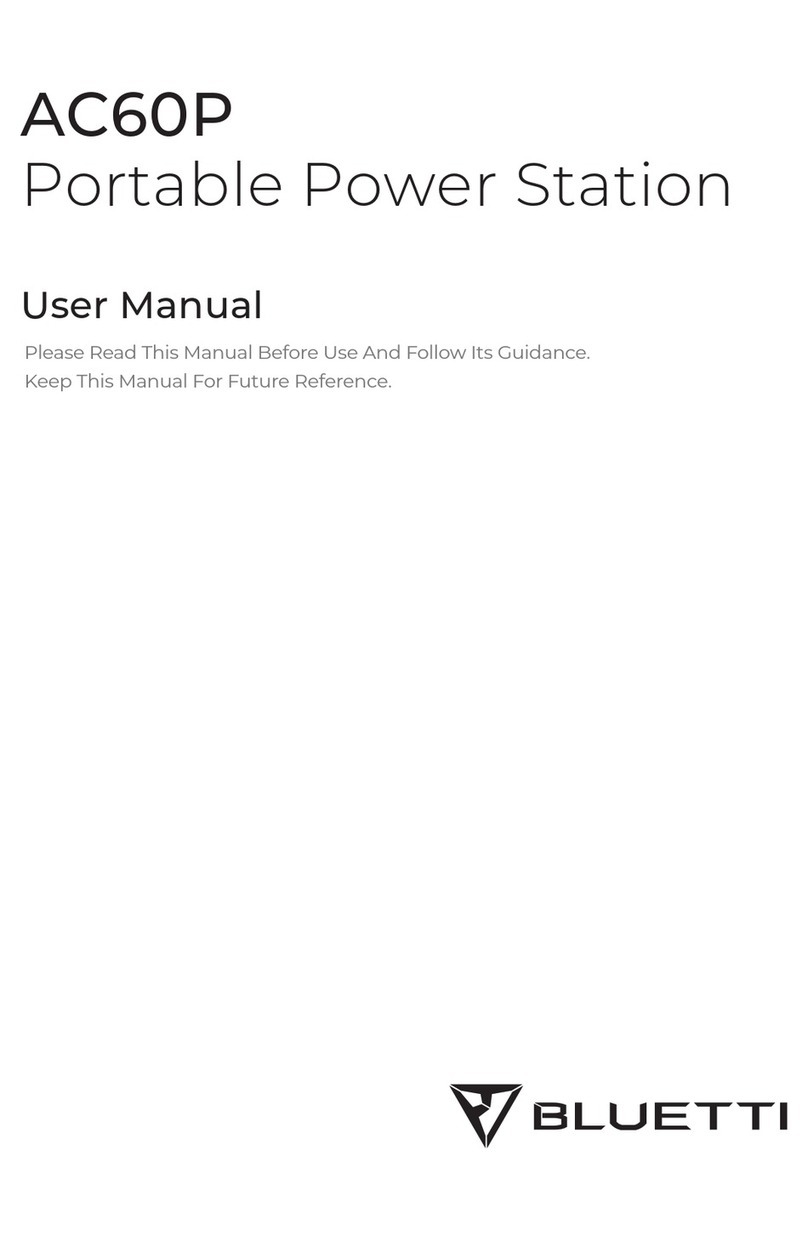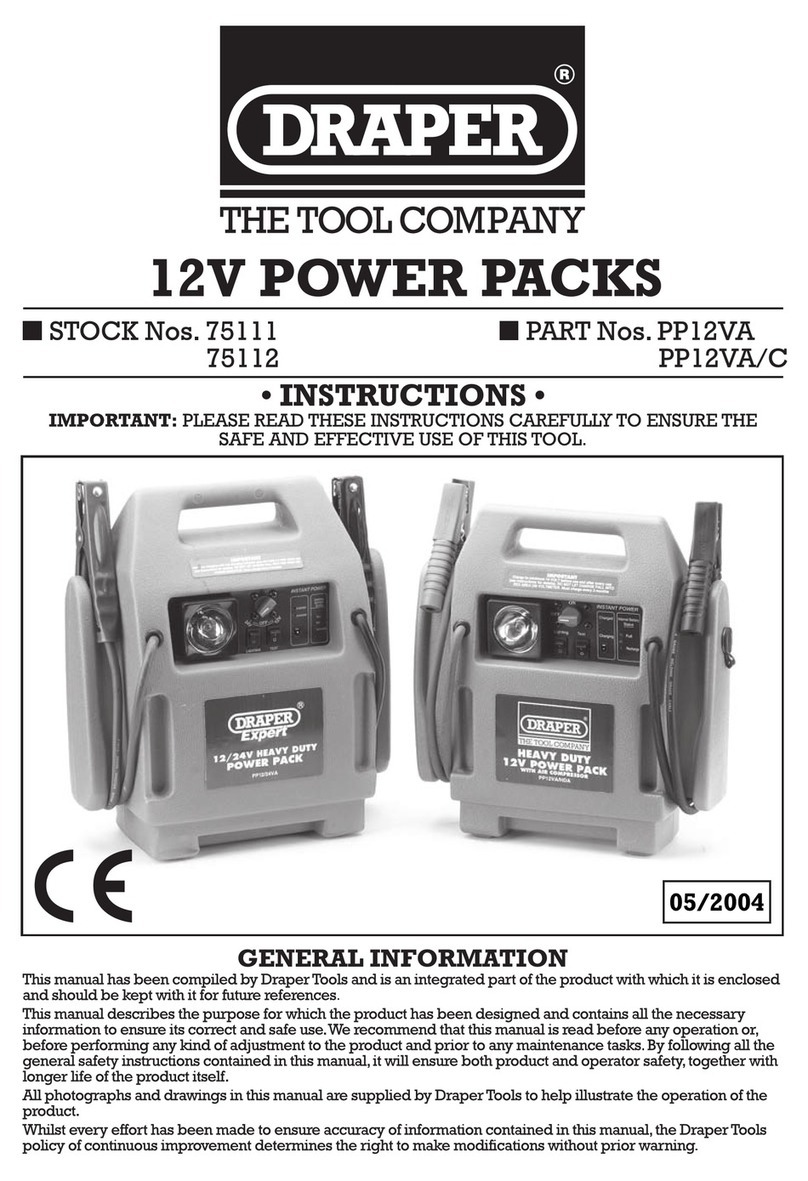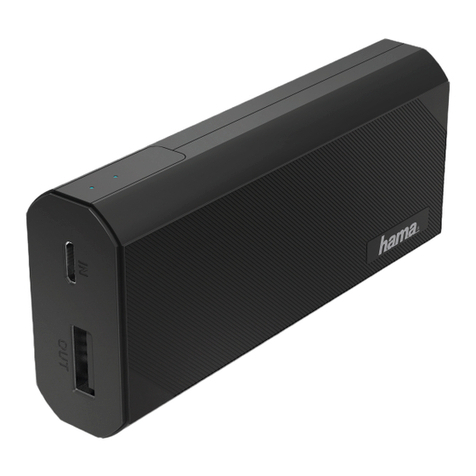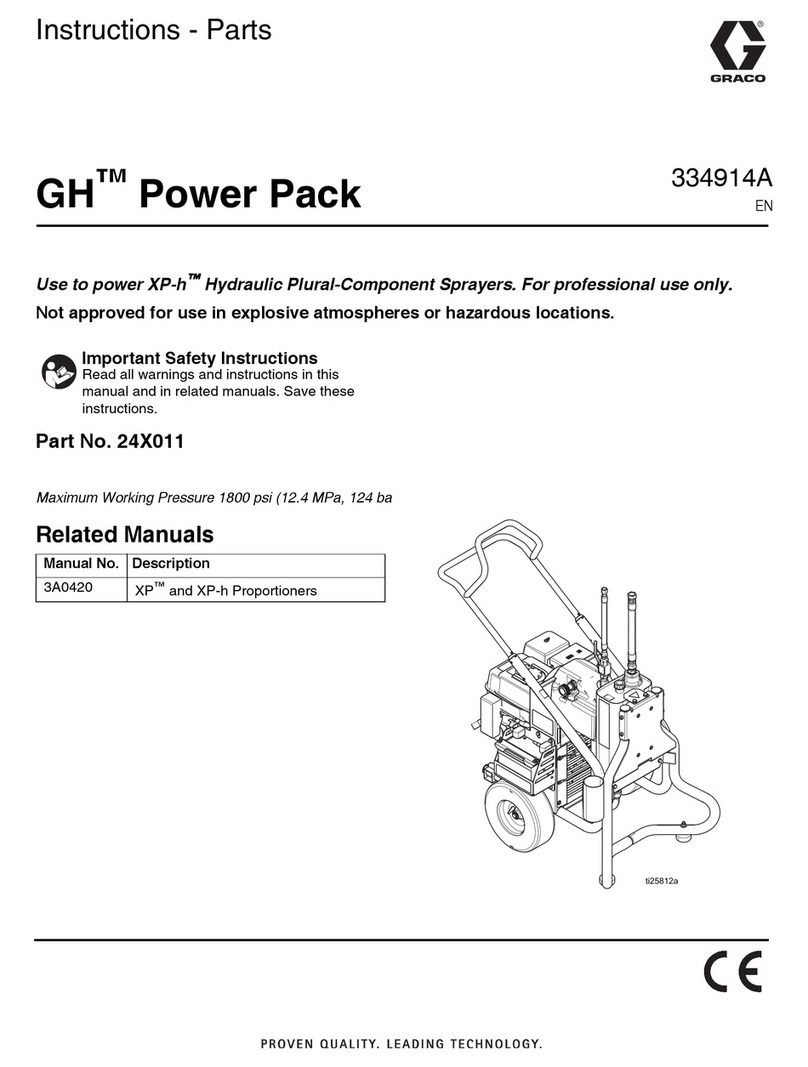
2Safety
2Safety
Only the persons authorized by the operator may carry out tasks on
the discharging power pack.
The installer must be a trained and qualified electrician and be
acquainted with the construction rules and country-specific
installation regulations for areas with potentially explosive
atmospheres. He must read the operating instructions in full.
The operator must read the operating instructions in full.
When working on the discharging power pack, switch off the voltage
supply and secure against inadvertent switching on.
Hazards caused by manipulated or faulty discharging power
pack
Unauthorized modifications, moisture or damage to the discharging
power pack may result in
electric shocks or fire hazards due to
For reasons of safety, never open or modify the discharging
power pack.
In the event of visible damage or suspected electrical defects,
take the discharging power pack out of operation immediately
and secure against inadvertent reuse.
Protect the discharging power pack from moisture.
Never carry out any unauthorized repairs to the discharging
power pack.
Always switch off the discharging power pack after use.
Do not keep any inflammable materials in the vicinity of the
discharging power pack or its components.
Damage to device and risk of fire
Short circuits can occur
as a result of soiling in the high-
voltage (HV)
connection point. This can lead to faults with the
discharging power
The high-voltage connections and plugs must be clean, dry and
free of grease.
Use blind plugs to protect the unused HV connection points
against environmental influences. Ensure that the blind
clean, dry and free of grease.
